Description
Chaerophyllum hirsutum ‘Roseum’
Chaerophyllum hirsutum ‘Roseum’ is a stout Umbellifer with quite a distinctive colouring. The leaves are soft and hairy in a similar manner to Sweet Cicely and apple green in colour. The flowers are sugary pink in close umbels, tighter than a Cow Parsley. If happy it can make a substantial clump, 2ft or more in leaf alone. Best with moisture.
There are some things that fundamentally split marriages, deep unbridgeable divides that can never be healed. This plant is one of those – Dawn thinks it’s just lovely, whereas I think the pink is just a bit pink for the oh so green leaves. Maybe its a girl-boy thing. I’m sure we’ll get over it.
Umbellifers
The umbellifers were previously classified in the Umbelliferae, a most descriptive name, but now are to be found in the Apiaceae after the Genus containing Dill. There are several characteristics that link the family together, but the defining one is the structure of the inflorescence. The flowers all occur in umbels, an arrangement whereby all of the flower stalks are of similar size and arise from a single point. In some genera the stalks are short, such as Astrantia, in others virtually non-existent like in Eryngium. The most characteristic members of the family go a stage in the opposite direction with compound umbels, consisting of umbellets and umbellules. It is this branching and regularity that gives the flower heads of plants like Anthriscus and Angelica such poise and charm – volume without great weight.
The family frequently has a single deep taproot, an adaption to dry sandy soils, although many species are denizens of wet ditches. We have manipulated and developed this character to create vegetables such as parsnip and carrot, the former of which makes a really good ornamental as well, especially if you want an umbellifer shape in bright yellow.
Not only do we find umbellifers in the vegetable garden but in the herb garden as well, where they are very well represented. This is a consequence of the highly aromatic nature of many members. Think of Fennel, Parsley, Dill, Cumin, Coriander and Lovage as a start. However, a word of caution. These aromatic compounds are not always our friends. The Umbellifers contain two of the most poisonous plants native to these islands: Hemlock is well known, but Hemlock Water Dropwort, common in wet ditches, is less well known but almost as toxic. It has been the downfall of more than one who mistook it for Wild Celery and added it to their picnic.
It is not only the flowers that can add to the garden. Many Umbellifers have highly divided foliage which can be highly ornamental. Selinum and Anthriscus are two worthy of mention, but by no means the only ones. When you pair up the fine foliage with a deep purple colouring and lace-like white flowers as you find in Anthriscus ‘Ravenswing’ you have a plant of rare grace.
Finally it is worth mention that the beauty of some Genera comes not from the flowers themselves, but fro the bracts that form at the union of the flower stalks. Astrantia with their white and pink bracts, Eryngiums with stunning steely blue bracts, frequently finely divided and Hacquetia with its understated green bracts and yellow flowers all fall into this group.
Botanically the Umbellifers lie closest to the Ivies, a characteristic that you can see in the from of ivies flowers.



















































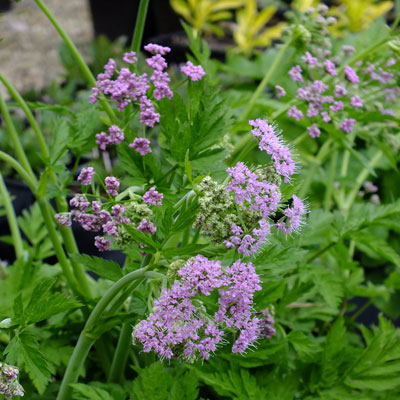

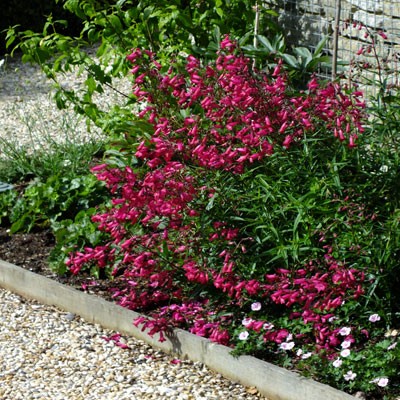
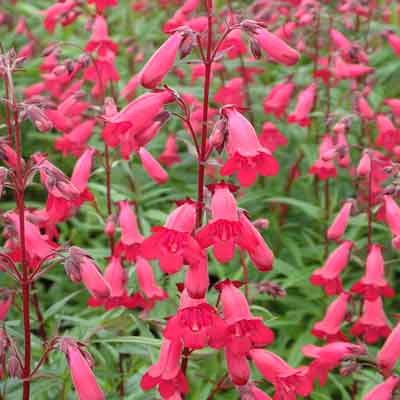
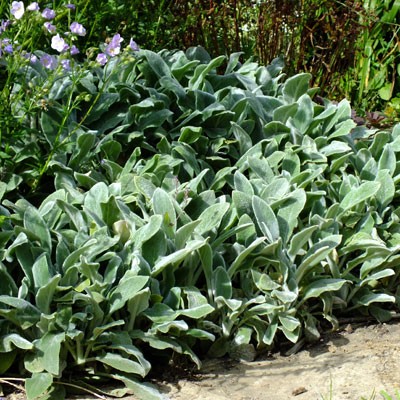
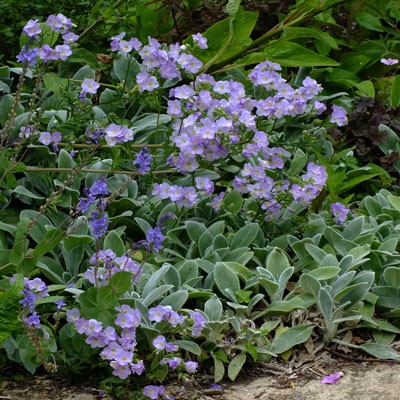

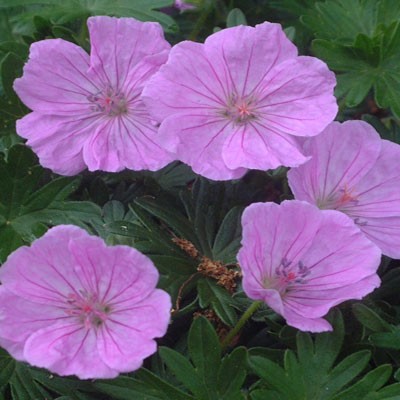
Reviews
There are no reviews yet.